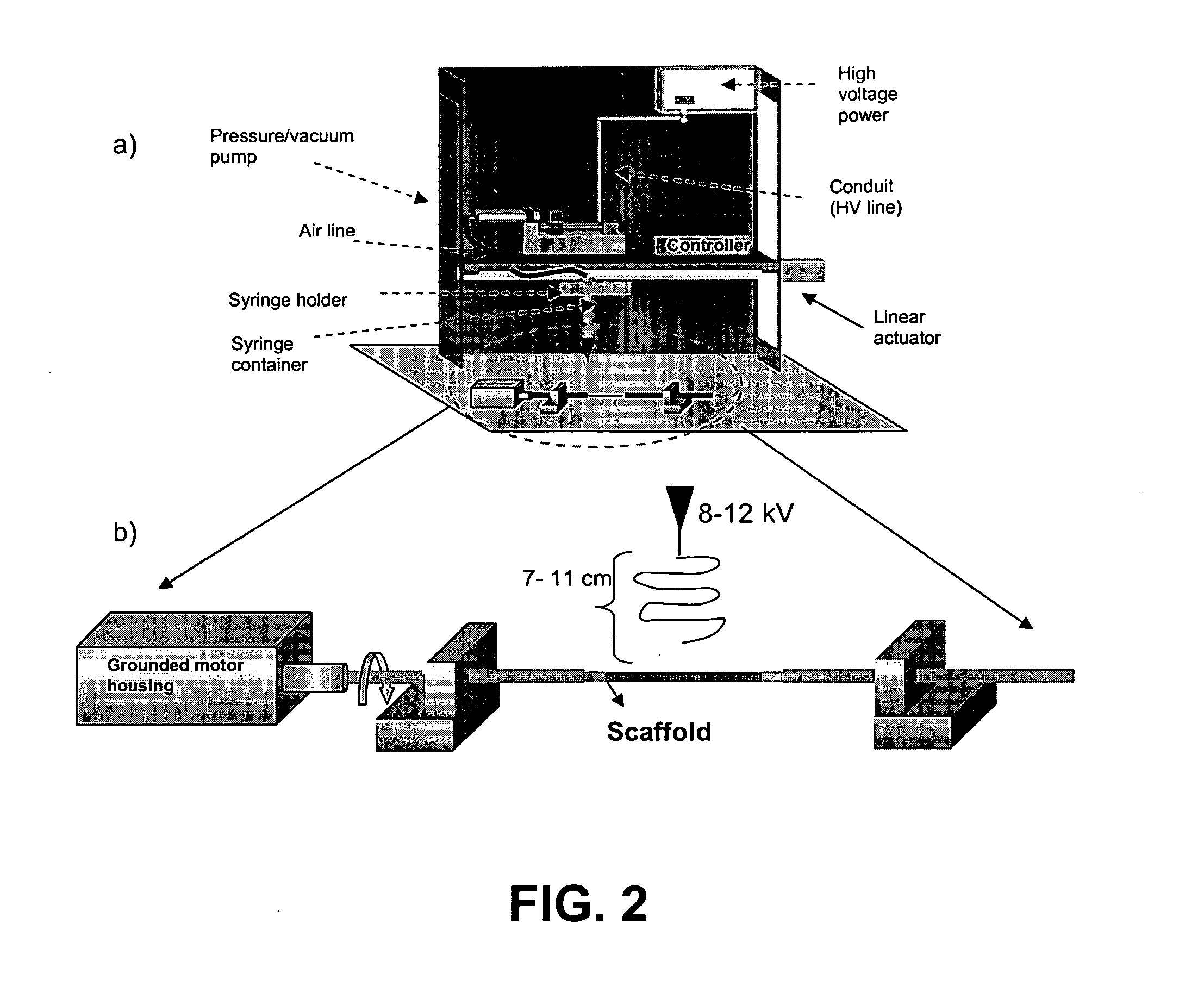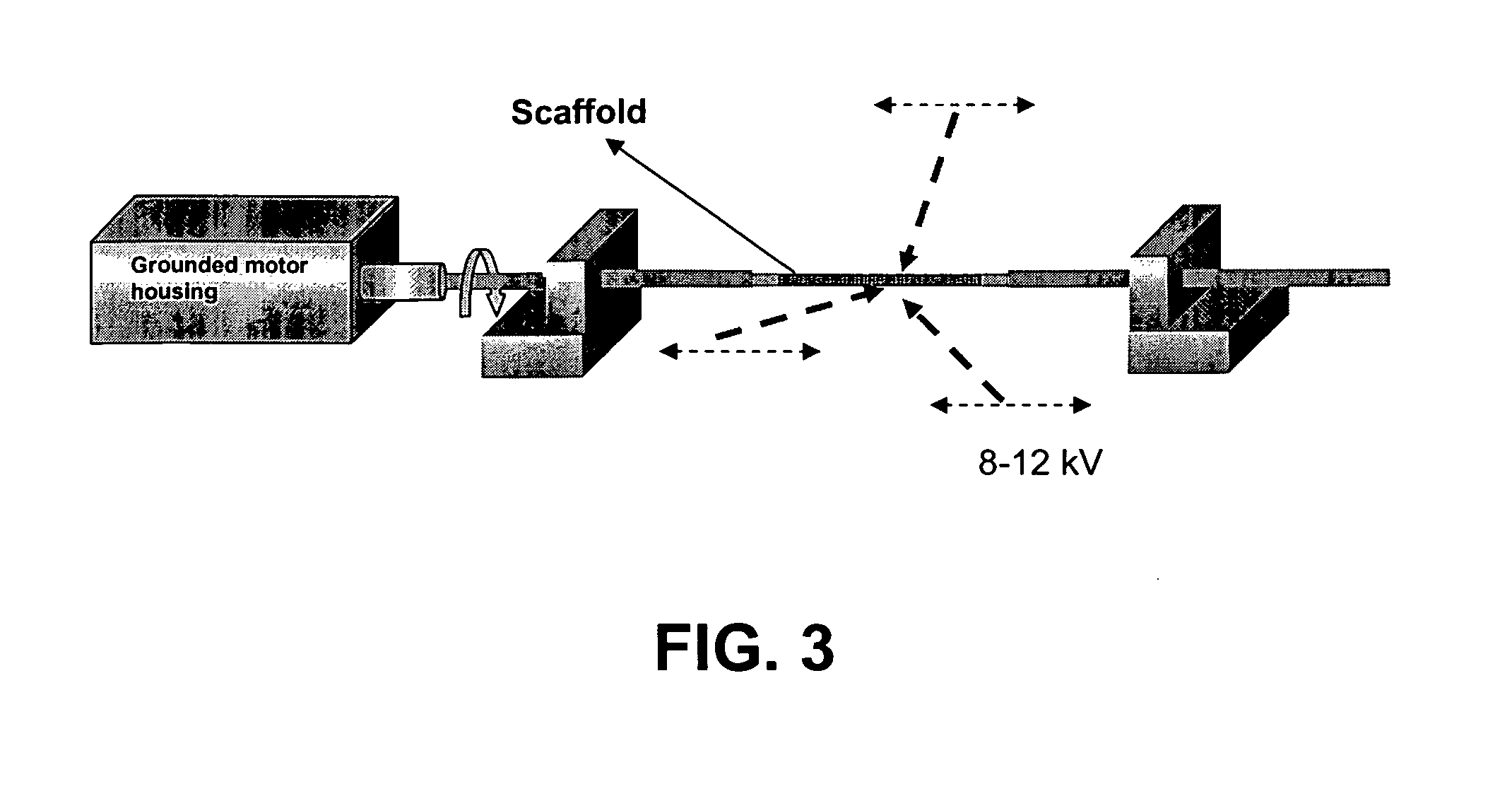Bio-artificial pancreas and a procedure for preparation of same
a technology of artificial pancreas and pancreas, which is applied in the field of implantable devices, can solve the problems of scarcity of human organs, inability of cells to produce normal biologically active compounds, and the cost of their procurement, so as to prevent or diminish the effect of immuno-response and/or rejection
- Summary
- Abstract
- Description
- Claims
- Application Information
AI Technical Summary
Benefits of technology
Problems solved by technology
Method used
Image
Examples
Embodiment Construction
[0035]The present invention generally relates to implantable devices for producing insulin in diabetic animals and to methods of making same. Some embodiments include amphiphilic biomembranes for use in biological applications (e.g., as an alternative and / or supplemental insulin source). Some embodiments also include live insulin-producing cells contained within one or more amphiphilic membranes so as to prevent or diminish an immuno-response and / or rejection by the host.
Bioartificial Pancreas (BAP):
[0036]In one embodiment, a BAP according to the present invention is designed to be implantable and explantable, and is designed to contain an appropriate number of immunoisolated porcine islets, which deliver the needed amount of insulin “on demand” to the host and thus maintains normoglycemia.
[0037]For the purposes of the present invention, it is accepted that the hypothesis, promulgated by others, that immunoisolation of living insulin-producing islets / cells by semi-permeable membrane...
PUM
 Login to View More
Login to View More Abstract
Description
Claims
Application Information
 Login to View More
Login to View More - R&D
- Intellectual Property
- Life Sciences
- Materials
- Tech Scout
- Unparalleled Data Quality
- Higher Quality Content
- 60% Fewer Hallucinations
Browse by: Latest US Patents, China's latest patents, Technical Efficacy Thesaurus, Application Domain, Technology Topic, Popular Technical Reports.
© 2025 PatSnap. All rights reserved.Legal|Privacy policy|Modern Slavery Act Transparency Statement|Sitemap|About US| Contact US: help@patsnap.com



